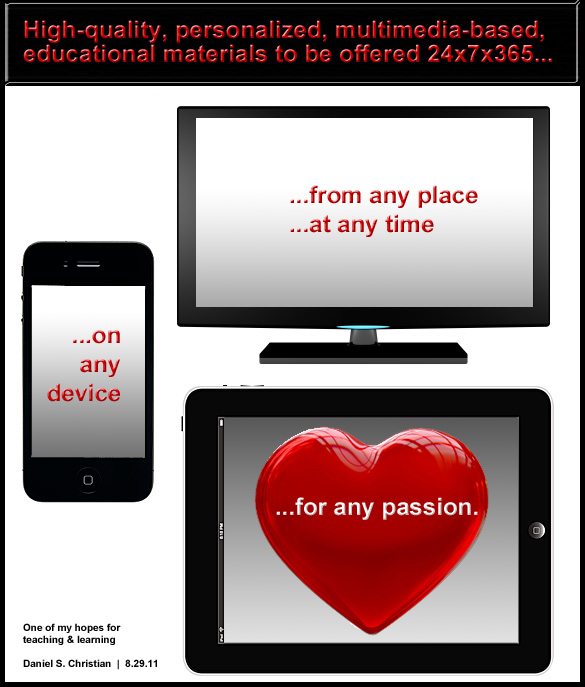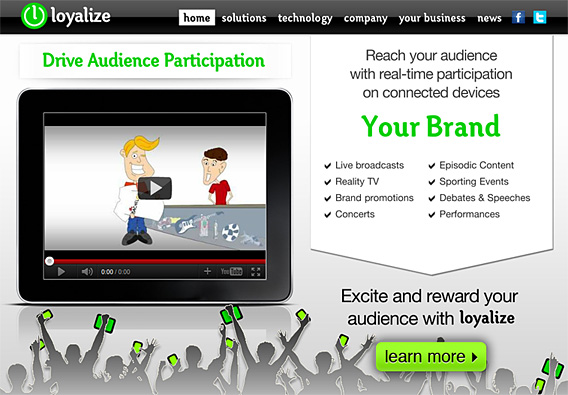HTML5 Video Summit
Nov 8-9, 2011 | Los Angeles,CA
HTML5: The Next Generation Of Online Video
It’s becoming increasingly important to deliver video not just on the web but to a multitude of mobile devices, set-top boxes, and connected TVs, and content providers, browser developers, and end users can no longer afford to have the primary video delivery mechanisms locked up in standards that can’t adapt to new environments. The effects of HTML5 have already had an impact throughout the industry. Major media sites such as YouTube, The New York Times, CNN, Vimeo, and more are already offering HTML5 video players, while web giants Apple, Microsoft, Google, and Mozilla are rapidly adding HTML5 features. It’s time to consider how HTML5 can help your business move forward in these exciting times.
Also see:

















